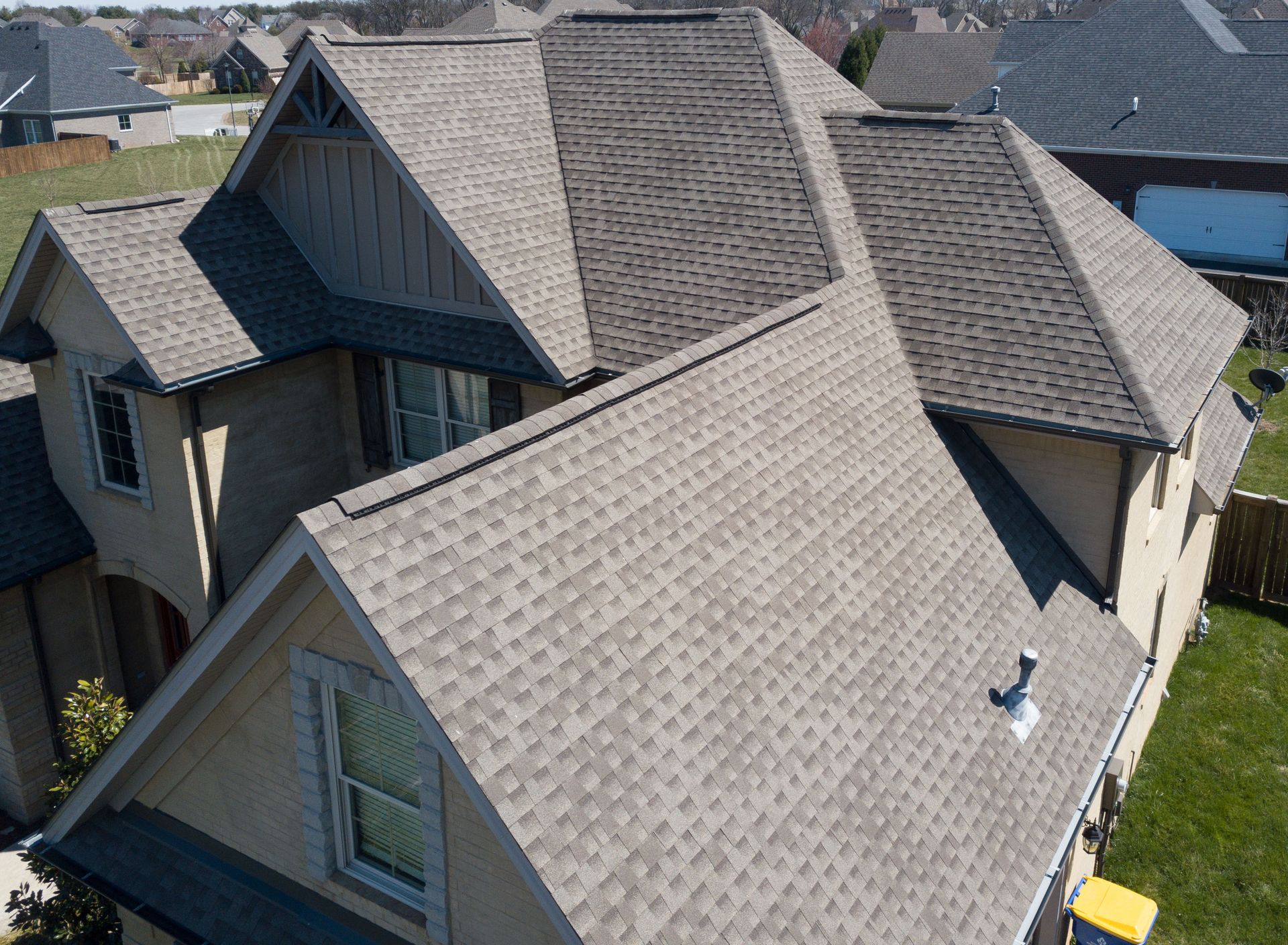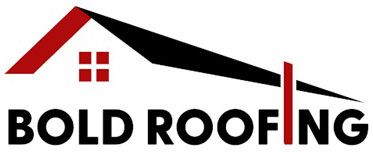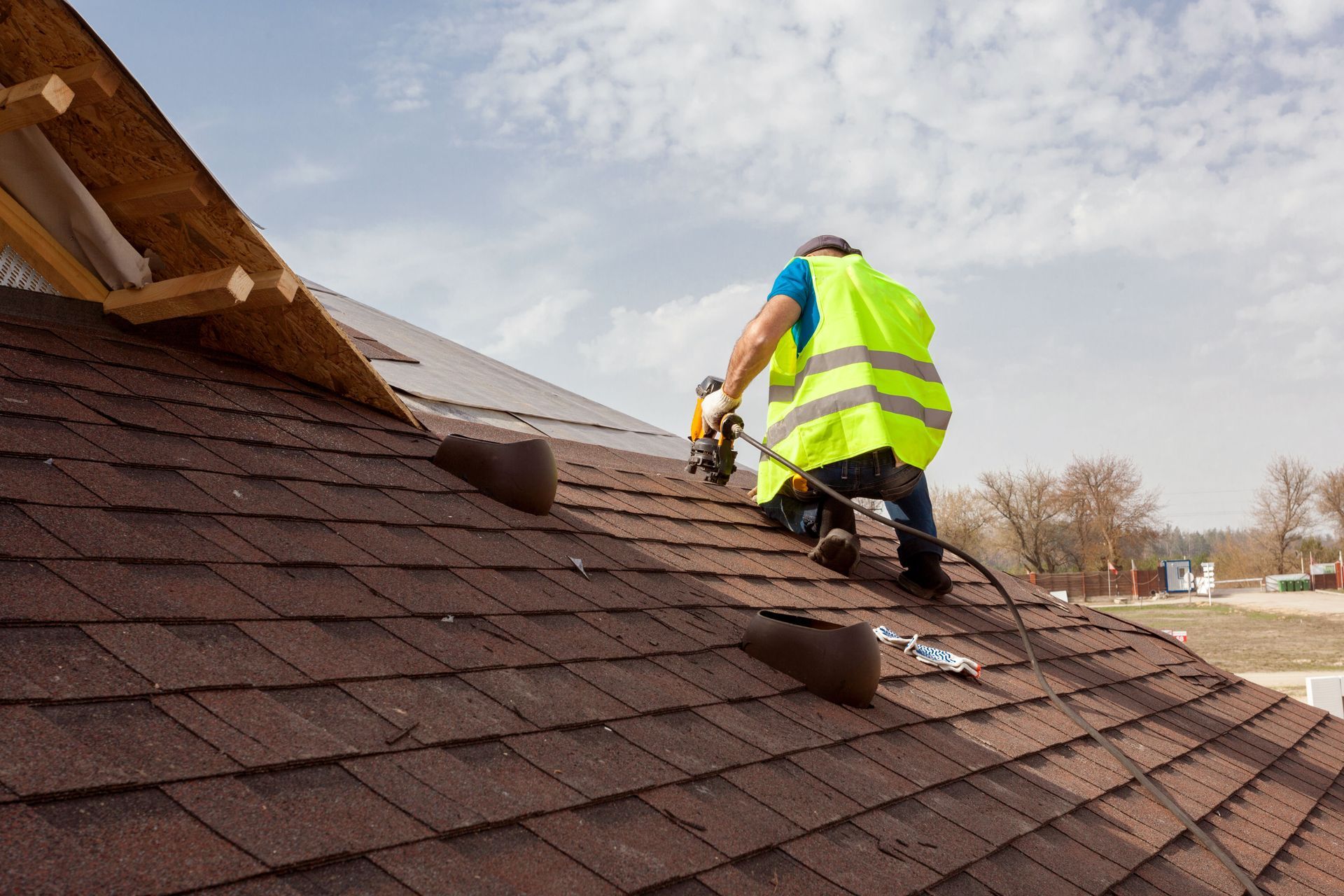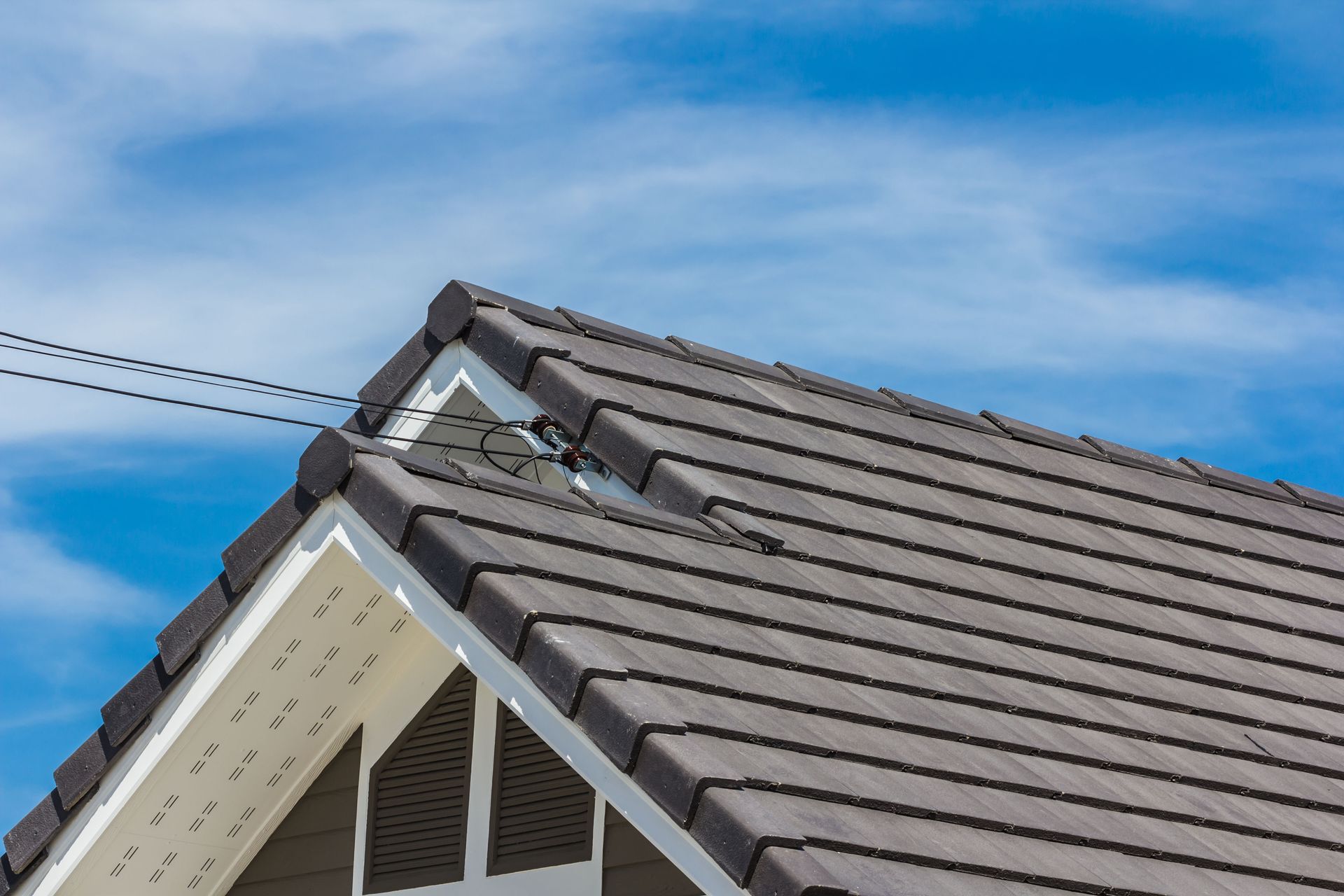3 Signs You Need a Roof Contractor Now
Roofs are an essential part of any building, protecting us from the elements and contributing significantly to the overall structure of our homes. However, they often go unnoticed until major problems arise. This article outlines the key signs that indicate it's time to call a roof contractor, helping you prevent further damage and maintain the integrity of your home. According to IBISWorld, the market size of the Roofing Contractors industry in the United States is projected to reach $76.4bn in 2025, underscoring the critical role these experts play nationwide. Timely intervention can not only save homeowners from costly repairs but also extend the lifespan of the roof itself. Use this guide to become more proactive about roof maintenance and ensure peace of mind.
1. Visible Shingle Damage
1.1 Cracked or Curled Shingles
Cracked or curled shingles are a common indication that your roof requires professional attention. When shingles begin to crack or curl, their ability to shield your home from weather elements diminishes. These defects often stem from prolonged exposure to the sun, causing the materials to become brittle and break. Moreover, once the protective layer of shingles is compromised, the underlying structures become vulnerable to water infiltration. It's advisable to have a roof contractor evaluate the extent of the damage before further deterioration occurs.
1.2 Missing Shingles
Missing shingles are another red flag that suggests immediate roof inspection. Shingles can be displaced by strong winds, heavy rain, or even due to age-related wear and tear. When shingles go missing, it leaves parts of the roof's underlayment exposed to the weather, which can accelerate further damage. Homeowners should be especially vigilant after storms, as high winds and heavy rainfall are common culprits in displacing shingles. If you've noticed areas of your roof without shingles, it's crucial to contact a contractor promptly to avoid impending leaks and structural damage.
1.3 Moss and Algae Growth
The presence of moss and algae on your roof is more than just an aesthetic issue; it can indicate potential structural damage. Moss retains moisture, which can seep through and compromise the shingles and roofing materials below. Algae growth, while less detrimental than moss, signifies that your roof’s surface is habitually damp. Consistent moisture can lead to rot and decay in roofing materials, and if left unchecked, might necessitate costly repairs. To ensure your roof remains in optimal condition, consider calling in experts to clean and treat the affected areas.
1.4 Granule Loss
Granule loss is a subtle yet telling sign that your roof may be aging and decaying. After time, shingles begin to shed their granules, which are integral for sun protection and water resistance. If you notice an accumulation of granules in your gutters or downspouts, it may indicate that your shingles are nearing the end of their lifespan. Without these granules, shingles become less effective, eventually leading to internal damage from moisture seepage. A professional assessment will help determine whether granule loss necessitates a complete roof replacement or targeted repairs.
1.5 Buckling Shingles
Buckling shingles are characterized by a wave-like distortion, signaling underlying problems with the roof. This issue typically arises due to trapped moisture, poor ventilation, or improper installation of underlayment. These deformations compromise the shingles' ability to protect the home, which might result in leaks during heavy rain or snow. Sagging or uneven rooflines often accompany buckling shingles, adding to structural vulnerabilities. Consulting a professional will help identify whether a simple fix or a more comprehensive solution is needed to restore the roof’s integrity.
2. Water Damage and Leaks
2.1 Interior Water Stains
Water stains on the ceiling or walls inside your home often signify invisible leaks in the roof above. These stains may initially seem minor but can lead to significant damage if not addressed promptly. Most frequently, water stains originate from deteriorated shingles, failed flashing, or inadequate sealing around roof penetrations. Over time, unchecked moisture can cause rot, mildew, and structural deterioration within the home. Identifying and rectifying the root cause of these leaks early on will help prevent extensive damage and costly repairs.
2.2 Mold and Mildew Inside the House
Mold and mildew are not just health hazards but also indicators of moisture issues likely linked to roof defects. When the roof fails to serve as a weatherproof barrier, moisture can seep inside, creating a conducive environment for mold growth. Often found in attics, walls, and ceilings, mold thrives on moisture, affecting indoor air quality and potentially damaging structures. Addressing mold issues promptly involves both treating the affected areas and sourcing the leak's origin in the roofing system. A comprehensive inspection by a roof contractor is essential to prevent further deterioration and ensure safety.
2.3 Dripping Water
The sight of dripping water from the ceiling is an unmistakable sign of a roof leak demanding urgent attention. Multiple factors, such as displaced shingles, damaged flashing, or clogged gutters, might contribute to this predicament. Even small leaks can gradually cause extensive water damage, fostering mold growth and weakening the building's structural integrity. Swift action, typically involving professional intervention, is necessary to locate and repair the source of these leaks. By doing so, homeowners can avert further damage and safeguard their investment in their property.
2.4 Rotting Underlayment
The underlayment beneath your shingles serves as an additional protective barrier against moisture. Over time, exposure to leaks or poor ventilation can lead to the rotting of this crucial layer. When the underlayment is compromised, it not only affects the shingles' effectiveness but also poses a risk to the roof's overall structural health. Rotting materials can attract pests, lead to further moisture ingress, and eventually necessitate costly repairs or replacement of the affected sections. Having a professional assess the condition of your roof’s underlayment can prevent these outcomes and extend the roof’s lifespan.
2.5 Peeling Paint
Peeling paint on your home’s interior or exterior can be more than just a cosmetic issue; it may indicate roof-caused moisture infiltration. When the roof leaks, water can trickle down into walls and ceilings, compromising the structure and causing the paint to bubble and peel. Beyond aesthetics, this moisture can deteriorate building materials and lower your home’s energy efficiency. It is imperative to identify and rectify the root cause of moisture problems once peeling paint is observed. Professional roof inspections are crucial in pinpointing these issues and preserving the integrity of your home.
3. Sagging Roof Deck
3.1 Warped Roofline
A warped roofline is a clear indication of structural issues within the framework of your roof. This sagging can be attributed to various factors, such as water damage, termites, or compromised support beams. When the roofline no longer appears straight and consistent, it suggests that the roof may collapse if ignored. Immediate attention from a professional is necessary to assess the severity of the issue and propose appropriate remedial measures. Restoring a sagging roof to its original state is crucial for maintaining structural stability and safety.
3.2 Structural Weakness
Sagging in the roof deck signifies the onset of structural weaknesses that can jeopardize the safety of your home. Persistent roof leaks, excessive weight from snow or ice, and aging materials often contribute to this issue. As the underlying supports become compromised, the risk of a catastrophic collapse increases. Early identification of structural weakening necessitates a professional assessment to address the problem and reinforce the affected areas. By doing so, homeowners can prevent further deterioration and protect the integrity of their property.
Knowing when to call a roof contractor can save you from costly damage and unnecessary stress. Whether you're dealing with visible leaks, sagging areas, or missing shingles, these signs shouldn't be ignored. Acting early can protect your home and extend the life of your roof. If you've noticed any of these issues, it's time to reach out to a trusted professional. Contact Bold Roofing Inc. today to schedule an inspection and get reliable solutions from an experienced roof contractor.







Share On: